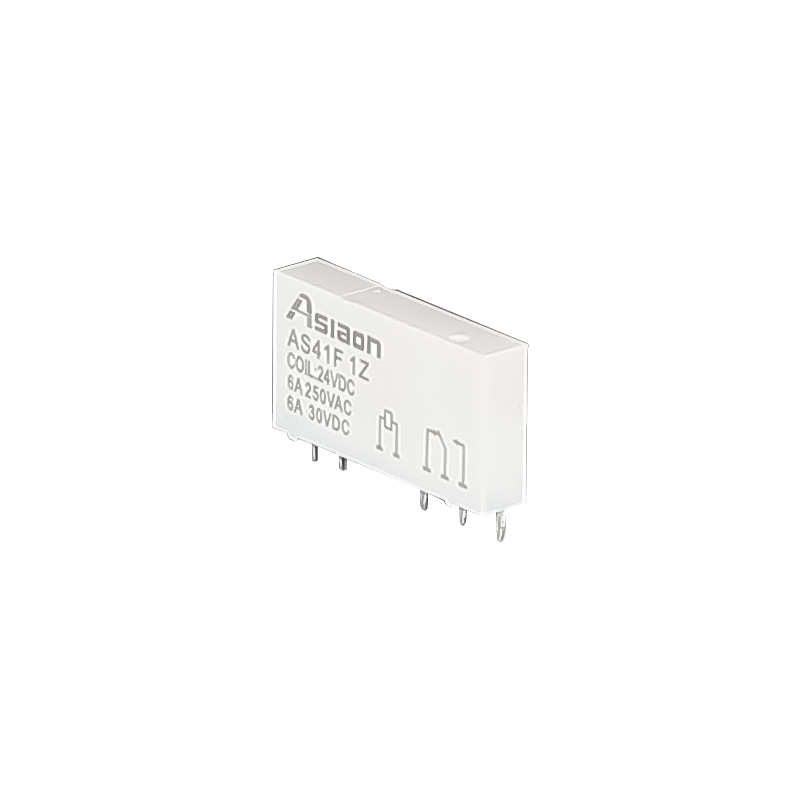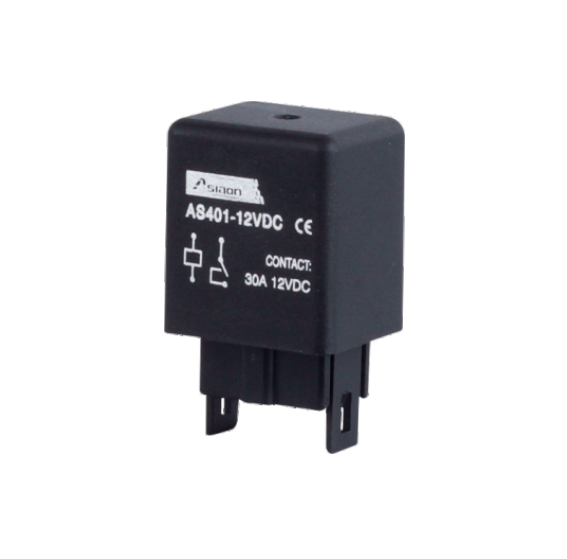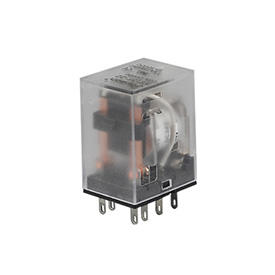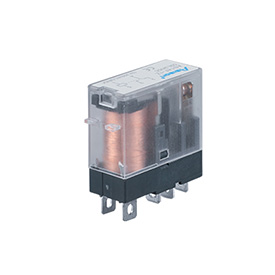Introduction to the contact principle of power relay
A power relay is a device that can make a transition in one or more electrical output circuits when the input (or excitation) meets certain specified conditions. It can be used in a neutral point direct grounding system as a directional component for zero sequence current protection.
The action process of the contact can be divided into two parts: contact closure and contact disconnection, that is, the process of the pull-in and release of the relay, which are cyclically switched at a certain frequency to form a contact opening and closing phenomenon. During the closing and opening of the contacts, there are many special physical and chemical phenomena, such as contact contact resistance, contact jitter and arcing.
Principle of action when the contacts are closed
When the moving contact and the static contact of the relay are in contact with each other, the contact rebound occurs, that is, the uncontrolled gap opening and closing, and the Joule heat generated by the arc and the energizing current at this time greatly affects the relay. The ability to open and close.
Principle of action when the contact is open
When the contact is opened and the load is cut off, a dazzling spark and arc are generated, and the arc occurs until the arc voltage drops below the minimum arc voltage value, which causes a large damage to the contacts. Different contact materials and contact gap size directly affect the radiation state of arc electrons and the easiness of occurrence, so they are important conditions for determining the arc.
 中文
中文 Русский
Русский Español
Español


